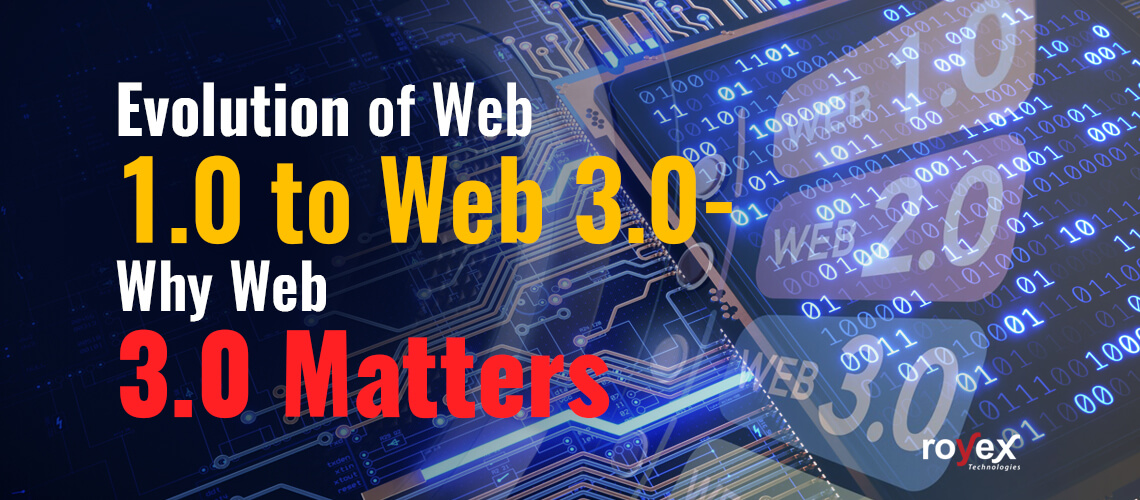
Evolution of Web 1.0 to Web 3.0 - Why Web 3.0 matters
Web 1.0
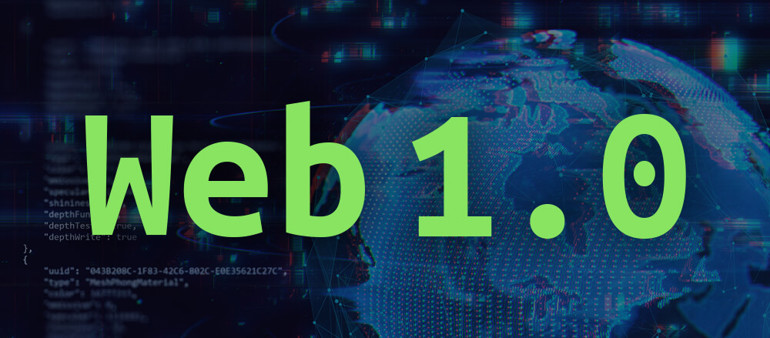
The name "Web 1.0" refers to the initial version of the Internet, which evolved from its roots at the Defense Advanced Research Projects Agency (DARPA) and became, for the first time, a global network embodying the future of digital communications. It depicts the first "iteration" of what grew into a rising, developing form of media that eventually evolved into a framework with a wide range of applications.
The early Internet consisted primarily of web pages linked together by hyperlinks, with few of the images, controls, or forms that we encounter now when we log in. It's known as the "read-only" web because it's a website that isn't interactive in any way. For the most part, the internet user was a passive observer, and much of the user interaction took place offline.
The compilations of GeoCities pages and other early patterns that users can still discover strewn all across the web, or in repositories like the Wayback machine, are one of the amazing image examples of Web 1.0, the early read-only Internet.
Web 2.0
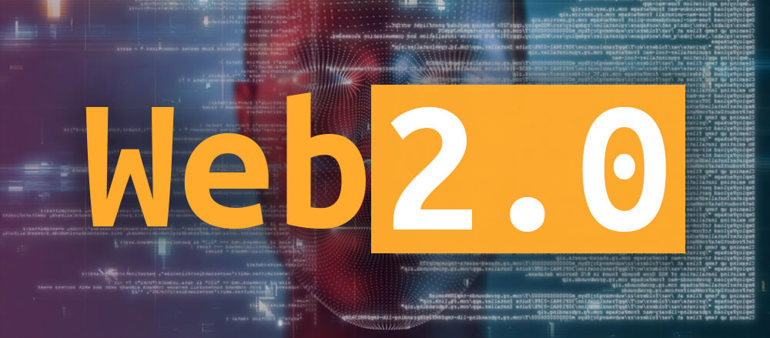
In comparison to its previous version, Web 1.0, Web 2.0 defines the current status of the internet, which contains more user-generated content and usability for end-users. Web 2.0, in general, refers to 21st-century Internet applications that have altered the digital era after the dot-com bubble burst.
Web 2.0 does not relate to any particular online technology changes. It simply refers to a change in the way people surf the web in the twenty-first century. There is a greater level of information sharing and connection among people in the new age. This new version enables customers to actively participate in the interaction rather than simply watching and absorbing data.
Rich Web technologies such as Adobe Flash, Microsoft Silverlight, and JavaScript are commonly utilized to offer web 2.0. (in addition to Ajax, RSS, and Eclipse). Web 2.0 applications are frequently premised on the federated download technique that made BitTorrent so popular, in which each product downloader is also a server, sharing the volume of work and making heavily requested content more available than it would be in a centralized approach, where supply can overload servers and pages.
Web 3.0
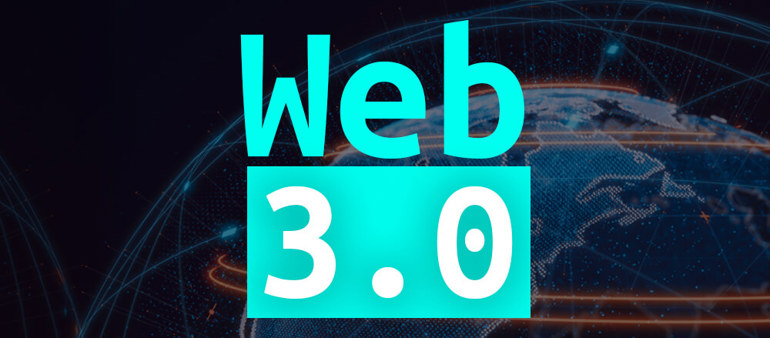
In 2006, John Markoff proposed Web 3.0 as a new type of web. Integration, automation, exploration, and data are all included in the semantic web definition. It promotes modernization and mobility.
The smart semantic web is another name for Web 3.0. It makes it easier for people to find, exchange, and integrate information. A user or a computer can use the semantic web to begin in one database and then go through an infinite number of databases. The purpose of linked data is to educate computers to understand web pages so that they can conduct more beneficial work for humanity. According to Tim Berners-Lee:
"If HTML and the Web made all online documents appear to be one big book, RDF, schema, and inference languages will make all the data in the world appear to be one big database."
The communication gap between people and computerized applications is referred to as semantic markup. One of the most difficult aspects of displaying information on the web is that programs are unable to give context for data and, as a result, are unable to determine what is significant. Data could be put in a form that is not only available to humans via natural language but also read and processed by software applications using semantic markup (or data exchange standards).
This concept – structuring data so that software agents can understand it — leads to the "execute" element of the web 3.0 definition, which is constantly growing.
A web service is a piece of software that allows computers to communicate with one another through the internet. Web services, which are usually in the form of an application programming interface, are not new. Flickr, a prominent photo-sharing website, has a web service that allows developers to search for photographs programmatically.
Differences between Web 1.0, 2.0 and 3.0
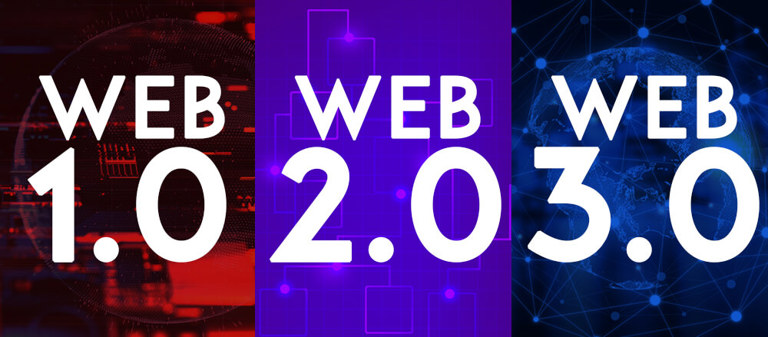
|
Web 1.0 |
Web 2.0 |
Web 3.0 |
|
Mostly Read-Only |
Wildly Read-Write |
Portable and Personal |
|
Company Focus |
Community Focus |
Individual Focus |
|
Home Pages |
Blogs / Wikis |
Live-streams / Waves |
|
Owning Content |
Sharing Content |
Consolidating Content |
|
WebForms |
Web Applications |
Smart Applications |
|
Directories |
Tagging |
User Behaviour |
|
Page Views |
Cost Per Click |
User Engagement |
|
Banner Advertising |
Interactive Advertising |
Behavioural Advertising |
|
Britannica Online |
Wikipedia |
The Semantic Web |
|
HTML/Portals |
XML / RSS |
RDF / RDFS / OWL |
Evolution of Web 1.0 to Web 3.0
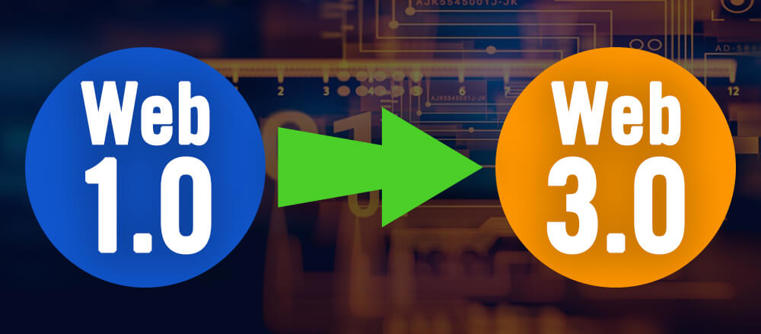
The era (1990–2000) when a user's function was confined to reading data supplied by content creators is known as Web 1.0, also known as Syntactic web or read-only web. There is no way for a user or a consumer to transmit data back to the content creators. Static websites and personal blogs are examples of Web 1.0.
The Web 2.0 era, also known as the Social Web or read-write web, lasted from 2000 to 2010 and continues to this day, and it facilitated interaction between web users and sites that allow users to engage with one another. Every user can now be a content creator, and material is disseminated and shared across websites. Facebook, Youtube, Flickr, Twitter, and other well-known Web 2.0 applications are only a few examples.
Web technologies such as HTML5, CSS3, and Javascript frameworks such as ReactJs, AngularJs, VueJs, and others allow startups to develop new ideas that allow users to share more with the Social Web. Producers only need to design a mechanism to enable and drive engagement because Web 2.0 is built around them.
Web 3.0, also known as Semantic Web or read-write-execute, is the era (from 2010 onwards) that alludes to the web's future. Artificial Intelligence and Machine Learning enable computers to analyze data in the same way that humans do. Which aid in the intelligent generation and distribution of valuable content according to a user's specific needs.
- What if computers could decipher the meaning of data?
- What if they can figure out "what we're interested in" and then assist us to find it?
- It can recognize people, places, events, businesses, products, and movies, among other things
- It is capable of comprehending the interrelationships between objects.
What’s Inside Web 3.0
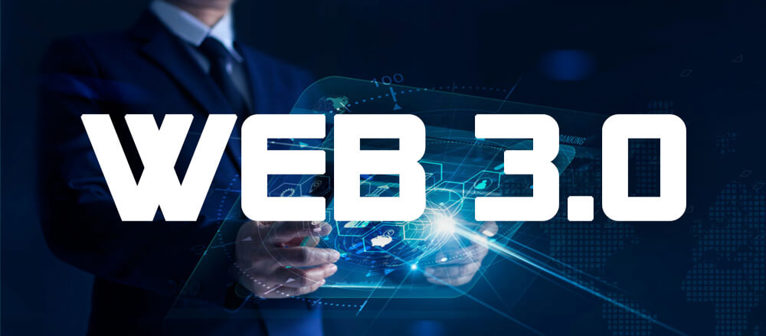
Technology
We have fully entered the digital era. Videotapes and Compact Discs are no longer in use. We listen to music on apps like Spotify (2006) and Apple Music (2015), and we watch television shows on Netflix (1997), which is now included with most new television sets. YouTube already has greater viewing figures than live television, indicating that live television (save for events) will become obsolete and that we will continue to watch our favorite shows through various subscriptions, as we do now. Sky TV has shifted its focus to 'On Demand' and 'Box Sets,' as it seeks to pave the nation in subscription-based content.
Machine learning
If you've ever used a search engine or a sophisticated smartphone, you've already encountered the science of machine learning.
Machine learning is used by Google's search engine to recognize new ranking signals. This is not the same as ranking based on how many times a search word occurs on your page, as we saw with Google's Web 1.0 search engine. Hundreds of ranking criteria are included in Google's algorithm, making it extremely challenging to rank your website for your desired keywords. In fact, the strategy is today regarded as antiquated.
Pattern detections are also used by search engines to discover duplicate material (for which your website may be penalized), making it capable infinitely quicker than if it were done by people.
Artificial Intelligence (AI)
Although AI is not a new concept, we are still a long way from fully understanding it and incorporating it into our daily lives. Cutting-edge technology is often incredibly expensive and not easily available to the general public.
Stephen Hawking and Elon Musk, for example, have stated their fears about AI depleting jobs across all industries, not just in manufacturing, which have already been affected. Humans seek convenience, and our greed may make this worry a reality, making it even more critical that we keep up with technology to guarantee that we have a role.
Why Web 3.0 matters for your business
Is web 3.0 already a reality? And how can the web design of your company's website meet the new web 3.0 requirements?
Many folks think that web 3.0 has arrived, but that it is still in its early stages. The vision of a stateless and semantic web design in its full form is still a long way off. Some essential elements, however, have already been integrated into our current web experience.
We are continually working to offer better and more successful innovation solutions as a seasoned web development business.
And it is as a result of this research that we have identified several specific trends that will be important for your website's performance in the web 3.0 future. Here's a rundown of those patterns:
AI-based Web Design
As you may be aware, web 3.0 makes extensive use of machine learning and artificial intelligence. This suggests that AI will have a huge impact on web development in the future.
The goal is to create web designs that are more fluid and fluid, resulting in a more enjoyable user engagement. To create a website like that, you'll need the necessary data and a flexible analytics system, to begin with.
Development teams will have a better understanding of the appearance and feel your intended audience anticipates from web 3.0 design in the future thanks to AI frameworks.
Experienced web development businesses will be able to pinpoint the exact design specifications based on various data factors such as gender, age, location, occupation, and others.
It is currently usual practice to use this data to create an aesthetically compelling website.
Semantic web optimization
One of the most important features of web 3.0 is that it will provide consumers with more meaningful search results than traditional keyword-based results. And, in order to flourish in these circumstances, your web development must be changed to meet the needs of the new users.
With clever voice search tools, your website must be appropriately configured.
Typical search methods are rapidly evolving. Instead of understanding what their search query keyword implies, users now expect the web to understand exactly what they mean with their searches.
We suggest that you can use your large data sets on your potential consumers, as well as structured data for web design 3.0, to do this. Web development tools that leverage AI-based data analytics focus more attention on the finer aspects of users' queries and better comprehend the meaning of their searches.
Emphasis on multimedia material
People's search habits will have to adapt in order to stay up with the new web. Previously, users were expected to submit a query into the browser's search bar. It is, however, much simpler nowadays.
Clients can now simply locate what they're seeking with easy improvements to your web development, such as language search features.
As a seasoned web development firm, we make it a point to adapt our clients' website content to this search behavior.
There has been a noticeable movement in users' preferences towards multimedia material during the previous few years. Web 3.0's arrival will only hasten this transformation.
Augmentation with AR/VR
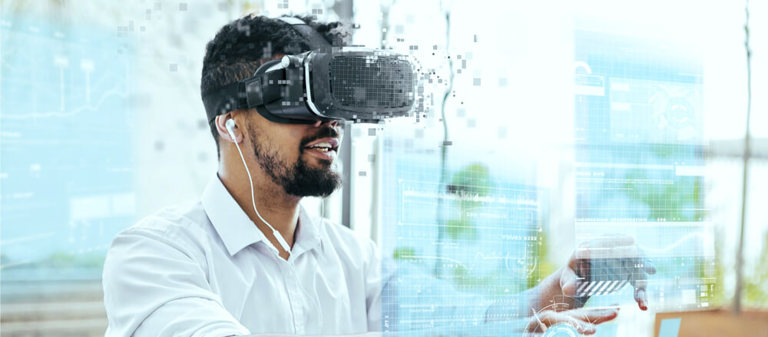
In web design 3.0, augmented reality and virtual reality will be significant design features. The use of AR/VR technology will enhance the transparency and effectiveness of experience-based engagement dramatically.
Using AR/VR in your UI/UX design services, regardless of the sort of website you possess, will elevate the user experience to new heights. Users will be able to try out the products or services before making a purchase thanks to the extra piece of technology.
This can assist them in making important judgments.
Additionally, including AR/VR into your web construction can improve the level of transparency in user engagement.
IoT & Web 3.0
The universality of web 3.0 is one of the numerous qualities that set it apart from the rest. The pervasiveness of web 3.0 is already here, owing to the Internet of Things (IoT).
Our smart devices, which range from our phones and computers to various home things, already allow us to access online services. And, in order to be a part of this linked future, you'll need to alter your web development to support IoT.
To make IoT operate across various devices, the user interface must be flawless. To create a great user interface, a faster and more agile design approach along with appropriate design practices would be required.
Chatbots and semantic web assistance
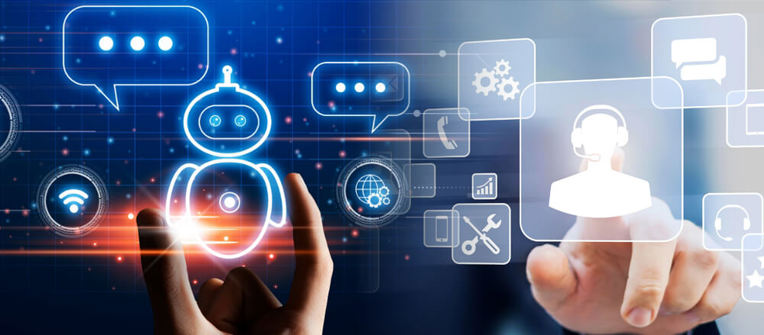
You most likely already have a chatbot on your webpage or are going to incorporate one into your design. Modern chatbots are of higher quality, and they may supply their consumers with a lot of information and assistance. Even yet, it falls well short of what a person can achieve.
As a result, ensure that your partner web design business uses the most up-to-date technology, such as GPT-3, during the chatbot implementation phase.
Modeling Pre-trained transformer 3, commonly known as GPT-3, is an AI tool that has been pre-trained. This indicates that, unlike conventional AI-based chatbots, this algorithm has already been educated with the necessary data.
It can create any material with a linguistic structure. Using such technologies for your chatbot will help you come closer to meeting the web design 3.0 criteria for your company.
Recommendations
We are experiencing a fascinating period in history, as the Internet begins to provide users with greater knowledge and action capabilities, resulting in significant changes in a variety of facets of regular living.
This new Web is rapidly evolving into a more dynamic and rapidly changing environment, in which the democratization of action and knowledge may accelerate business in practically all domains.
Web 3.0 has an impact on a wide range of industries, from retail to applied molecular biology, and from small firms to major organizations.
Creative minds, whether corporate executives, legislators, or scholars, should grasp this new range of options and be ready for the next generation of enterprises.
Several new businesses based on the semantic web are already forming and gaining traction in domestic and international marketplaces.
Web 3.0 is the next step in the evolution of the Internet. As a result, by refusing to evolve with it, managers risk exposing their organizations to the risk of becoming obsolete or irrelevant during paradigm shifts, similar to the giants of the past such as Kodak, Nokia, and Altavista.
At Royex, we try to be up-to-date with all the latest UI and UX trends and incorporate them into our work. If you are interested in our UI/UX, Graphics, Web designing services, then kindly contact us at info@royex.net or call us at +971-56-6027916. Royex, the leading website design company in Dubai can help you create effective and eye-catching websites that will increase your business image and give your business a high conversion ratio.





